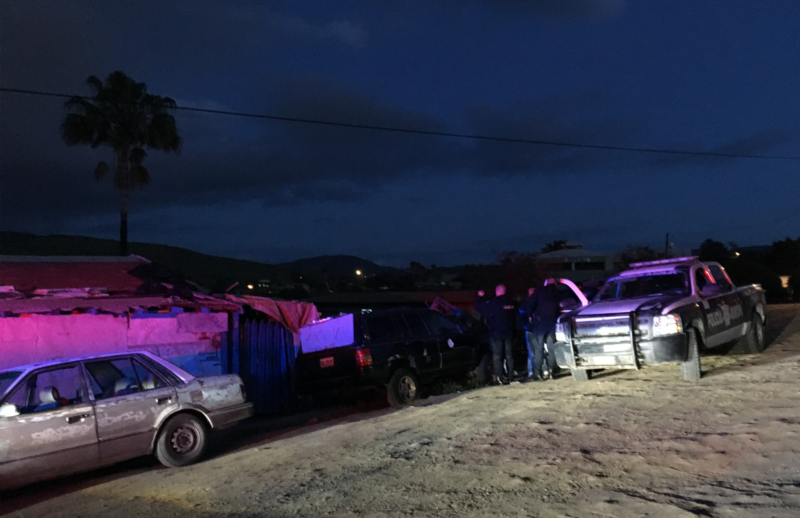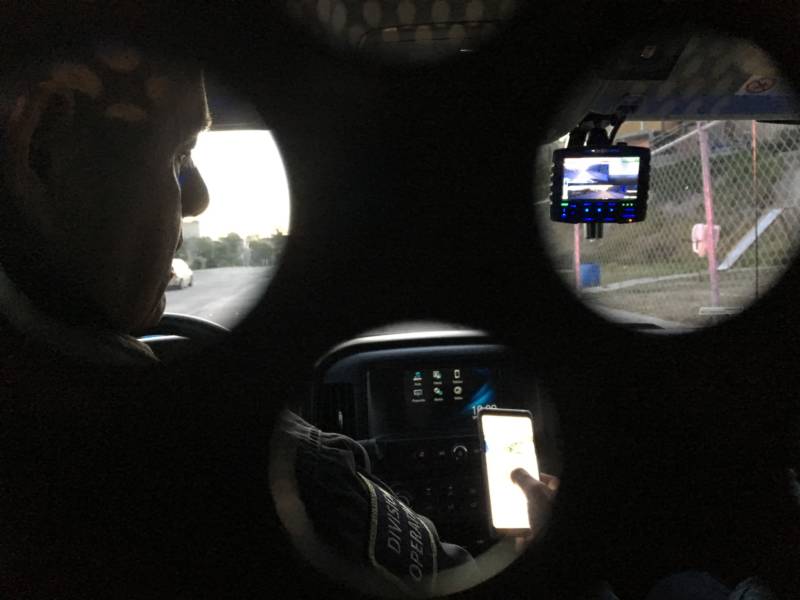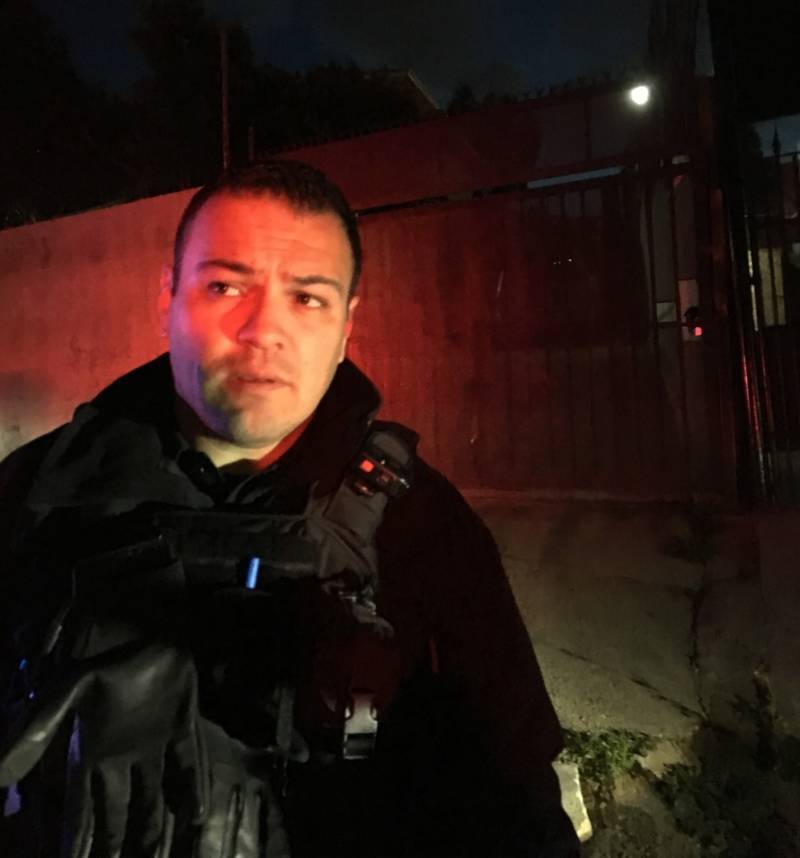As dusk fell on the steep hills and canyons of Tijuana, a unit of the Baja California State Preventive Police cruised through one of the city’s toughest neighborhoods, in the south-central part of the city.
In a bulletproof vest with a small icon of a skull on the chest, Officer Manuel Martínez drove down a gritty avenue in the first of the unit’s two reinforced pickup trucks. His partner, Officer Alfredo Rodríguez, conferred with a dispatcher over the crackling radio. Then he gestured out the window at the side streets.
“The conflict zone starts here,” said Rodríguez, on an evening patrol in mid-March. “This whole area: Sánchez Taboada, Reforma, Camino Verde. This is where the killings happen.”
Tijuana was declared the most violent city in the world this month, by Mexico’s Citizens’ Council for Public Safety and Criminal Justice, which lists the Top 50 cities with the highest number of homicides per capita.
This fast-growing border city suffered 2,519 homicides in 2018. That’s 40 percent more than in 2017, which was already a record-breaking year. And it’s almost three times as many killings as in the worst previous spike of violence Tijuana suffered between 2008 and 2010.



